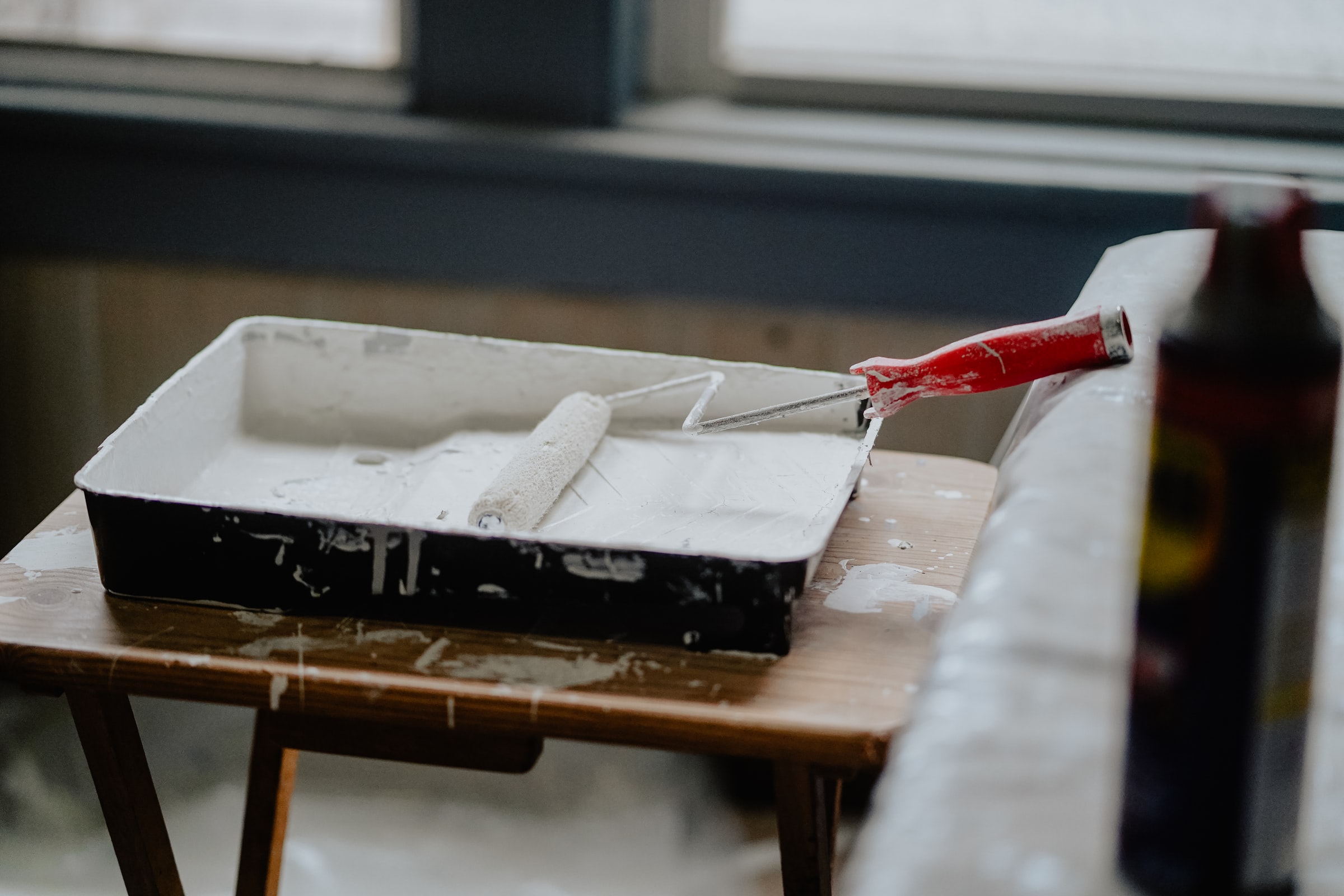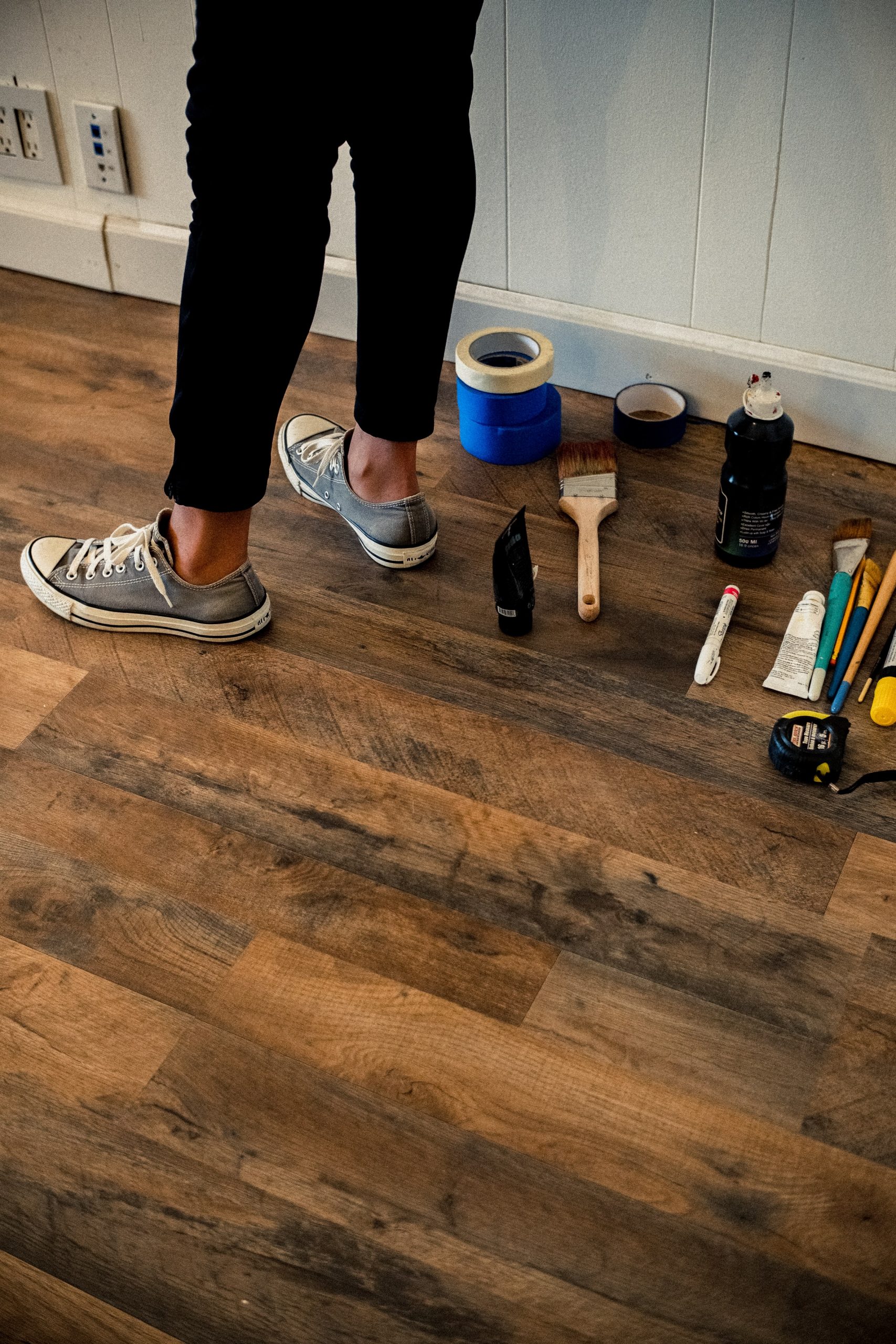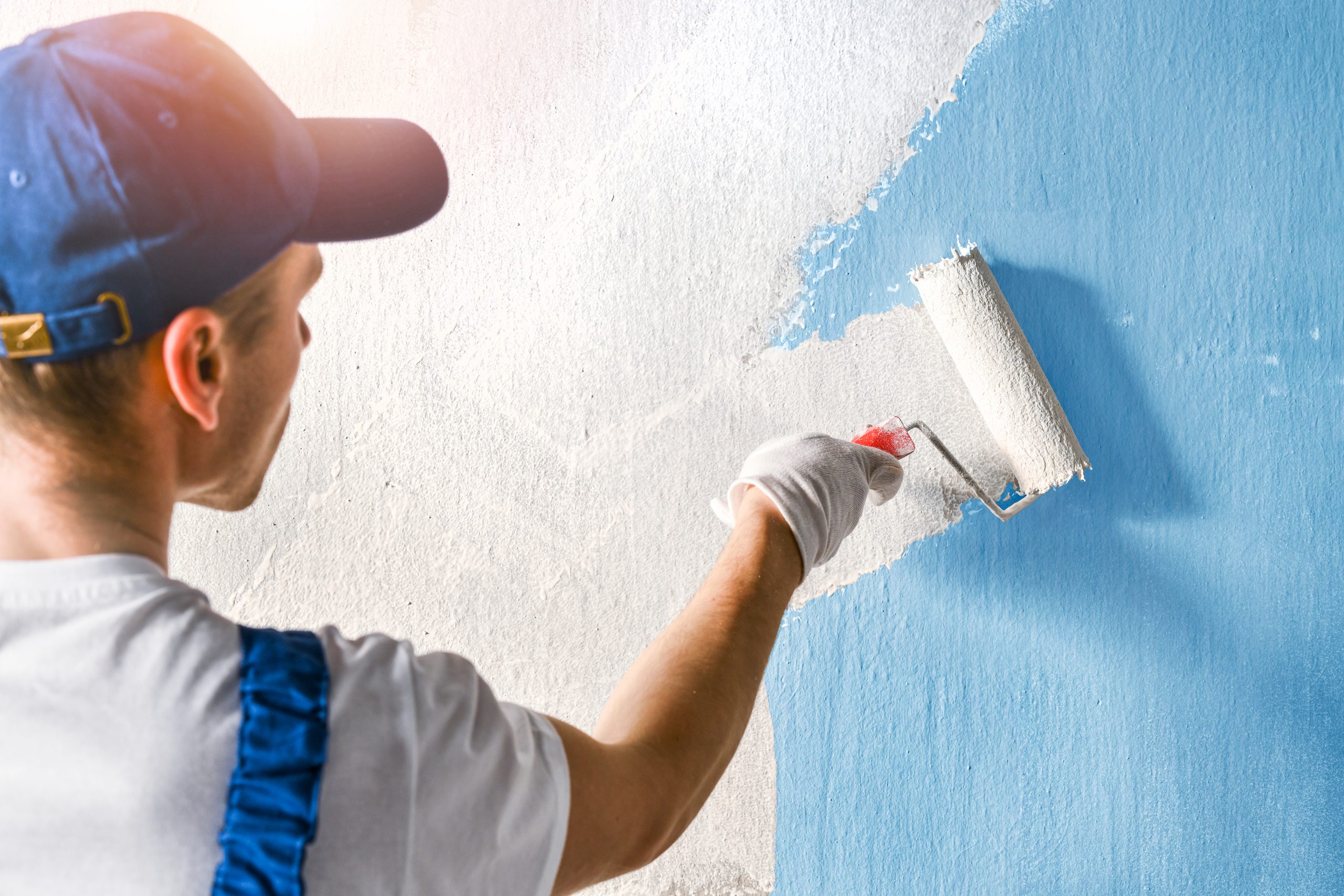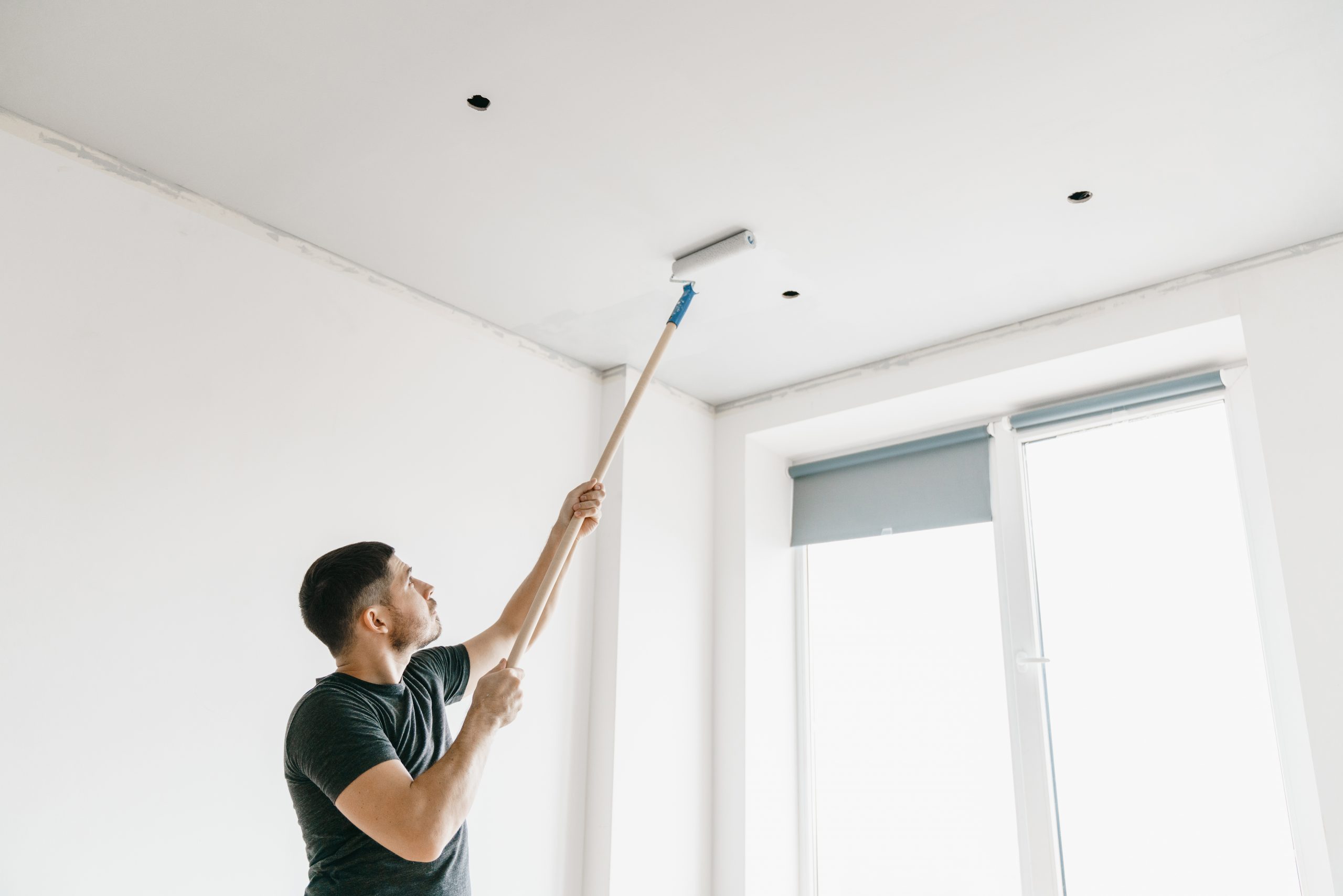Painting your home can be a real hassle and quite a messy task, but it is something that you ought to do if you want to give your home a little TLC or are bored of your current wall color. It’s amazing how quickly the bill goes up when repainting a house.
I was often blown away by the cost of painting, and I quickly realized that small decisions made a huge difference in the budget. I’m sharing with you what I wish someone had explained to me before I embarked on my first paint job. So, without further ado, let’s dive into this blog and learn some of the things everyone ought to know about painting.
1. Choose your color

There are thousands of different color shades. If your living room is rather dark, use light colors like white or cream to brighten up the room. If your room is large, divide the space into zones by painting the inside of a shelf or applying a lighter shade to the frames.
If you want to brighten up the space, play with lines, tiles, or areas of color! Still in doubt? Light can have a big influence on color. Buy a tester, apply the color to the wall to be painted and look at the different colors depending on the time of day.
2. Choose your paint
There are also a hundred different choices for your paint. First, you have to choose according to the type of room you want to paint: for a bathroom, you’d rather take paint with reinforced waterproofing and perfectly washable, and for the living room, you’d rather take an extra matte paint with a low odor!
Then, it is necessary to choose the aspect: a matte paint will mask the irregularities and will create a warm and peaceful atmosphere, a satin paint will be rather easy to clean and will bring a little brightness to your wall, and a brilliant paint will be essentially used to obtain a daring result and play of light!
3. Maintain your brushes

Are you painting and want to keep your brushes supple for the next day? In this case, no need to wash them. Simply wrap the heads of your brushes and rollers in cling film or an airtight plastic bag. Seal the bag at the handle with tape and store them for up to 2 days. On the other hand, are you done painting? Scrape your brushes as much as possible. If you used water-based paint, simply soak your brush in hot water for 2 hours and dry it with a clean cloth.
4. Prepare the room to be painted
Protect your furniture, and this preparation is essential in a painting project. Surfaces and furnishings must be protected to avoid damage. Move furniture to free up space and walls. To make this step easier, gather your furniture in the middle of the room and cover it with a tarp. Also, cover the floors with old blankets, newspaper, or other materials, so they don’t get stained with paint. Don’t get me wrong; little paint droplets are almost inevitable!
Remove everything from your walls, and also remember to remove the electrical and lighting plates so as not to damage them. The same goes for hooks, shelves, or any other decorative element attached to the walls. Also, dust at least a minimum on the walls to remove cobwebs, dust, and other dirt that could alter your paint.
Apply decovery tape and mask door complaints and contours. For those more experienced with decoupage, avoiding tape and doing it with your hands up is recommended. This way, you avoid peeling paint or damaging the walls. Finally, when the time comes, prepare your equipment to have everything you need.
5. Applying the paint

Begin by filling the painting container that will be used for the cutting out. Then start cutting with your paintbrush. Cut around electrical outlets and moldings, wall, and ceiling corners.
The roller is one of my favorite painting tools. Once this work is done, it’s time to move on to the roller. If your roller is dusty, rinse it with warm water, wring it out and rub it on a rough surface to remove the dust. Fill the paint container needed for the roller. Start rolling!
There are several techniques used to apply paint with a roller. The W technique is probably the most effective. It involves rolling in a W pattern from left to right and back again. Spread the paint as much as possible to avoid drips and wastage. It is also recommended to work on a 1m2 area at a time. One wall should also be painted at a time, including cutting and rolling.
Sound off in the comments section below and tell us what you want to read next and if you want to read more about painting your home.




4 thoughts on “Top 5 Tips For Painting Your Home”